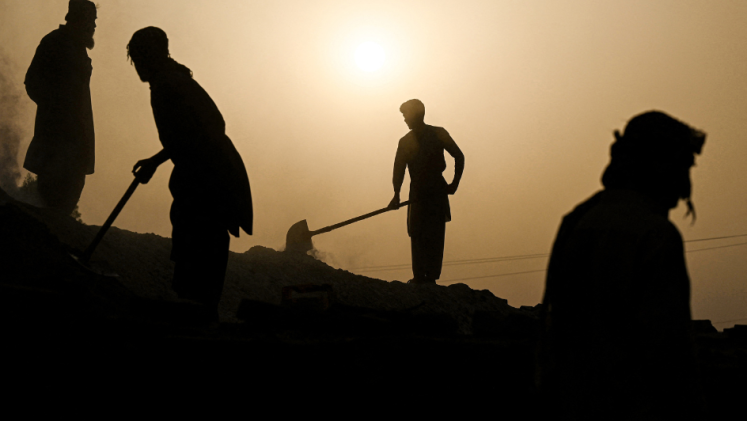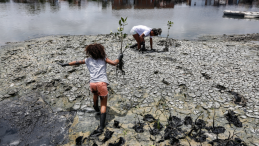Human-induced climate change is causing a global rise in temperatures, leading to more frequent and intense heatwaves with severe impacts for our human health. The 2023 Interconnected Disaster Risks (IDR) report included unbearable heat as a case study with a potential “risk tipping point”: a threshold which, once passed, can lead to irreversible and catastrophic impacts for people and the planet.
Extreme heat will become increasingly deadly
Extreme heat is responsible for an average of 500,000 excess deaths annually over the last two decades, disproportionately affecting the most vulnerable. Currently, around 30 per cent of the world population is exposed to deadly heat for at least 20 days per year. By 2100, this could increase to 74 per cent.
It’s not just the heat, it’s the humidity
Extreme temperature is only one factor that can affect human health. High humidity worsens heat impacts by hindering the evaporation of sweat, which is the body’s mechanism to cool off. The occurrence of extreme humid heat has doubled in frequency since 1979.
35°C wet-bulb temperature is the upper limit of what humans can survive
Wet-bulb temperature combines temperature and humidity. If the wet-bulb temperature reaches the tipping point of 35°C (95°F) for more than six hours, the average person's body will be unable to cool itself off by evaporating sweat and maintain a stable core body temperature. This can result in organ failure and brain damage if the situation is not improved.
Impacts can be felt at much lower temperatures depending on people’s circumstances
Many people feel the effects of heat well before a 35°C wet-bulb temperature is reached. For example, the 2021 heatwave that registered over 600 heat-related deaths in British Columbia reached a wet-bulb temperature of just 25°C. Vulnerability to heatwaves varies, with older adults, young children and those with certain medical conditions being more at risk. Certain jobs, like construction or farming, and living conditions, such as lack of air conditioning, can increase susceptibility to heat-related illnesses and even death.
Many might get trapped in the face of inescapable heat
Discussions on the topic of heat extremes often focus on how people will move away from unbearably hot areas. However, many people will not be able to escape these conditions and will be trapped due to work or social obligations, financial or political limitations or disabilities. Consequently, adaptation solutions must be implemented where people live now, including changing our environments, homes and behaviours.





